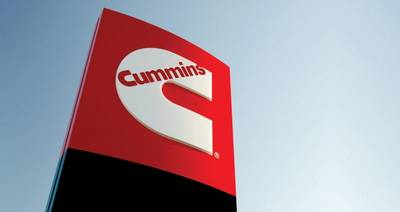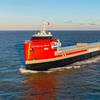Cummins and Danfoss Partner on Hybrid Propulsion Solutions
Cummins announced it has signed a memorandum of understanding (MOU) with Danfoss Power Solutions’ Editron division to partner in bringing a unique standard hybrid marine solution to the global maritime market.
“This partnership is another step forward in Cummins’ Destination Zero strategy – our plan to reach net zero emissions across our products by 2050,” said Rachel Bridges, Global Marine Director, Cummins Inc. The respective products of Cummins and Danfoss’ are an ideal match, because both companies are focused on energy optimization, efficiency, and clean solutions. By providing a joint solution, we will be able to multiply our impact by bringing products and solutions to the market that are fully optimized for the marine industry. Our customers are looking for streamlined ways to meet complex regulations and decarbonization goals, and together with Danfoss’ Editron division, we can help the marine industry.”
The agreement between Danfoss’ Editron division and Cummins will facilitate decarbonization of the marine industry. The goal of the International Maritime Organization is to reduce its greenhouse gas emissions by 40% from 2008 levels by 2030 across the marine industry. New local and regional regulations and certifications are being enacted to encourage shipping companies to switch to hybrid and fully electric solutions. To meet these evolving targets, companies are being challenged to transform their entire operational profile.
Cummins and Danfoss’ Editron division will develop a set of standard solutions for marine propulsion and focus on a new generation of variable-speed diesel gensets, fuel cells and energy storage packages. The new standard hybrid-electric solution, depending on the operational profile and energy sources selected, could decrease CO2 emissions by up to 100% compared to traditional diesel alternatives.
Erno Tenhunen, marine director of Danfoss’ Editron division, said,, “We’re delighted to officially join forces with Cummins following the successful delivery of our joint prototype projects. We were motivated by customers expressing their need for common solutions from our companies and expecting further standardization of products and solutions. Through this partnership, we’re making it easier for all marine players to decarbonize their operations. We will deliver a complex tailored system and leverage the integration work in a more organized and systemized way by providing a single point of contact for our customers.”











